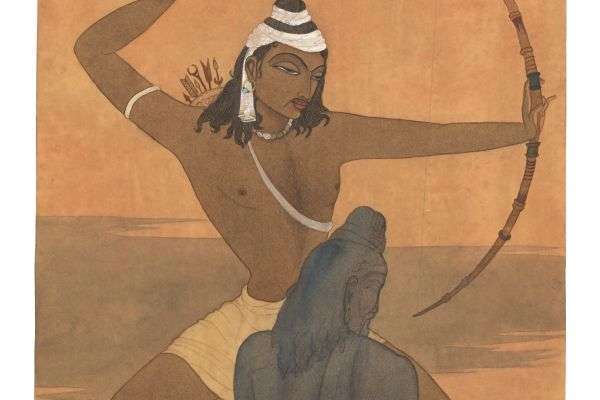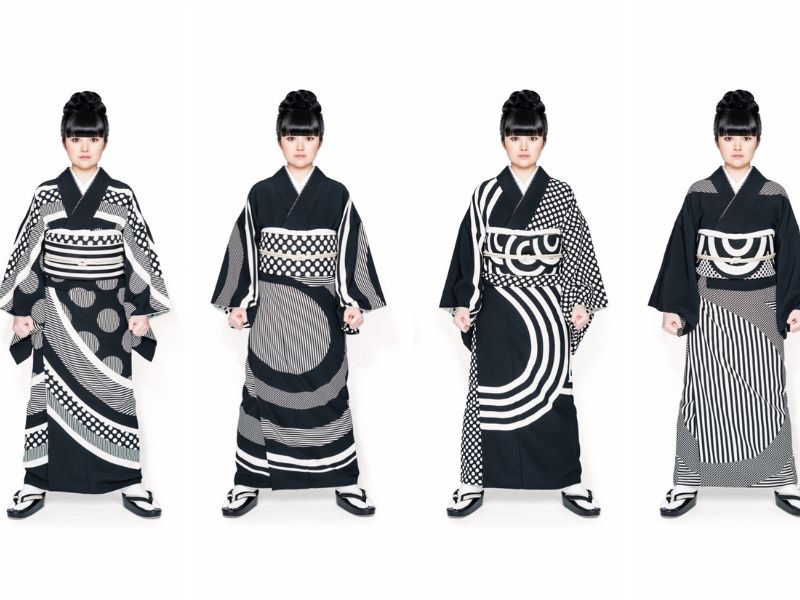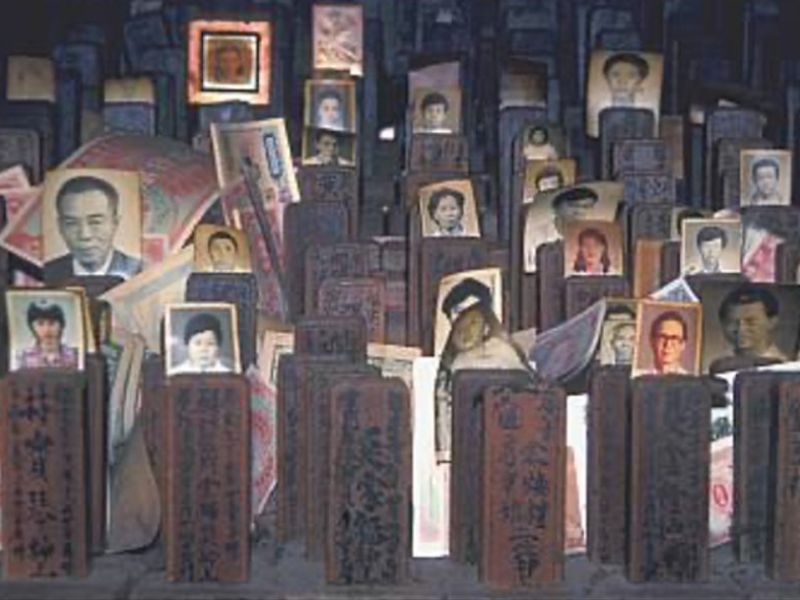
- This event has passed.

Eklavya practising archery before a clay icon of Dronacharya (detail). Y.G. Srimati. Chennai, 1945-46. Watercolour on paper. Metropolitan Museum of Art, New York, 2011
The Chennai artist YG Srimati (1926-2007) has all but dropped out of the standard accounts of post-independence Indian painting, despite having secured early an established place in the Indian art scene in the 1950s and 1960s. As an accomplished classical dancer, vocalist, musician and painter, Srimati explored the intersection of all four classical arts throughout her long career. She reflected a stream of modern traditionalism in post-Independence India that explored indigenous subject matter and treatment, in a conscious attempt to define an Indian Style that stood apart from both the British art school legacy, and emerging western-driven Modernism and Internationalism. A follower of the Bengal School and especially its founder Abanindranath Tagore and his protégés including Nandalal Bose and D.P. Roy Choudhury, Srimati explored traditional Indian subjects, drawing on rural and mythological imagery as the principal concerns throughout her painting career, which spanned, from the mid-1940s to the 1990s. Her work was featured in the 2017 exhibition An Artist of Her Time: Y.G. Srimati and the Indian Style at the Metropolitan Museum of Art, New York and a book by the speaker was published in 2018 (Mapin, Ahmedabad).
John Guy is the Florence and Herbert Irving Curator of the Arts of South and Southeast Asia at The Metropolitan Museum of Art, New York, an elected Fellow of the Society of Antiquaries, London (since 2003), and of the American Academy of Arts and Sciences (since 2016). He joined The Met in 2008, having formerly served as Senior Curator of South Asian art at the Victoria and Albert Museum, London for 24 years. He has worked on a number of archaeological excavations, including maritime sites, and served as an advisor to UNESCO on historical sites in Southeast Asia.
John has curated and co-curated numerous international art exhibitions, including Chola, Sacred Bronzes of Southern India (Royal Academy, 2006), Temple Sculpture of India: The Art of Devotion (Barcelona, 2007), Shipwrecked. Tang Treasures and Monsoon Winds (Freer-Sackler D.C., 2010), Wonder of the Age: Master Painters of India (Met, 2011), and served as an advisor and contributing author to many more, including Gods of Angkor. Khmer Bronzes from the National Museum of Cambodia, (Freer-Sackler D.C. 2010), The World of KubilaiKhan. The Art of Mongol China (Met, 2010) and Agents of Faith: Votive Giving in Time and Place (Bard Graduate Center, NY, 2018).
He has published widely, with numerous articles and book chapters to his credit. His major publications include Indian Art and Connoisseurship. Essays in honour of Douglas Barrett (ed., 1995), Woven Cargoes. Indian Textiles in the East (1997), Vietnamese Ceramics. A Separate Tradition, (co-author 1997), Indian Temple Sculpture (2007), Interwoven Globe: Textile Trade 1500-1800 (2013), Lost Kingdoms: Hindu-Buddhist Sculpture of Early Southeast Asia (2014) and Art & Independence: Y.G. Srimati and the Indian Style (2019). He is presently preparing an international loan exhibition devoted to the early Buddhist art of southern India, to show at The Met from July to December 2023.
How to Book: Please email Chris Manning by 14th June to secure your place: bookings@taasa.org.au
Registered participants will be sent the Zoom link a day or two before the lecture.
How to Pay
1. By Direct Debit (“your name GUY” as reference)
BSB: 012 003 Account Number: 2185 28414
Account Name: The Asian Arts Society of Australia
2. By credit card on this website – see booking button on top right of this page


